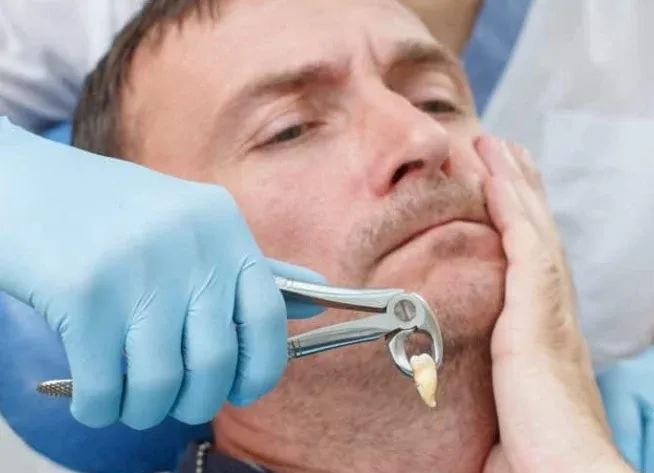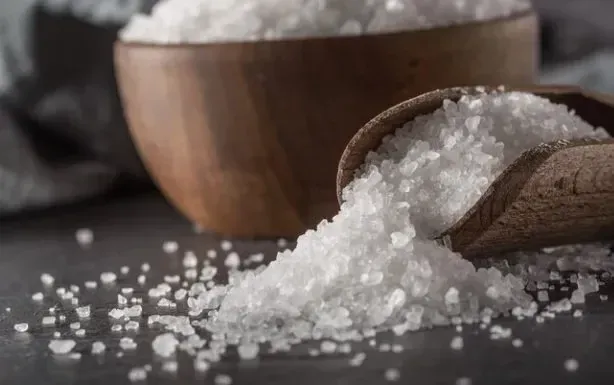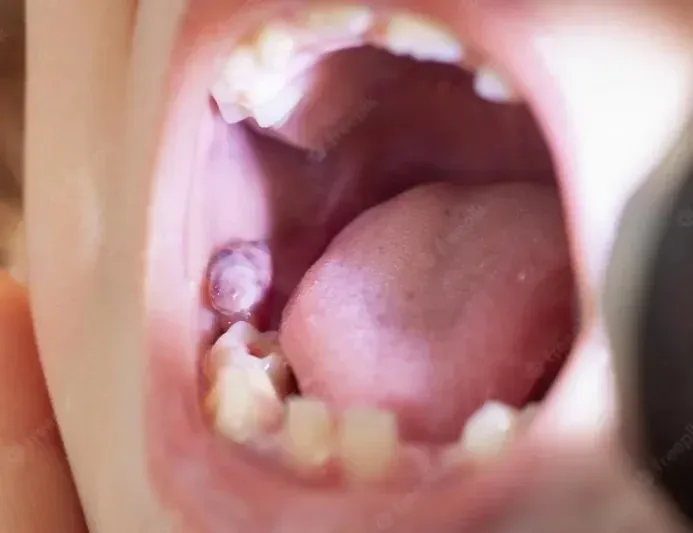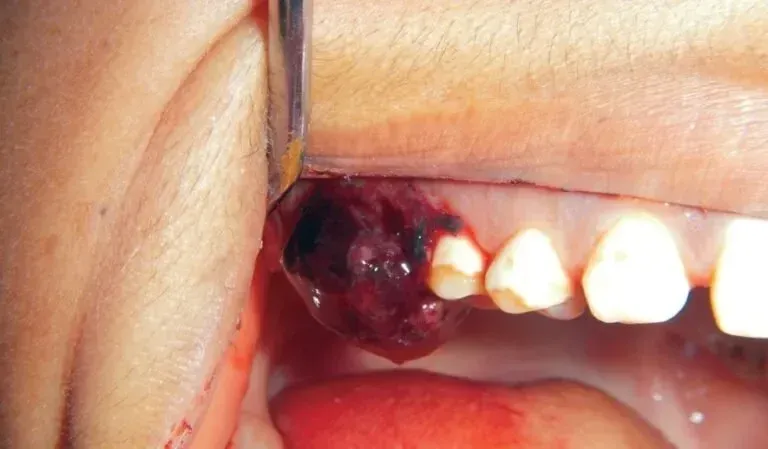Day-by-Day Tooth Extraction Healing Stages with Pictures: Your Visual Guide to Normal Recovery 2026
Embarking on the journey of tooth extraction healing can be daunting. If you’ve just had a…
Embarking on the journey of tooth extraction healing can be daunting. If you’ve just had a tooth removed, your main questions are likely:”What should this look like?” and “Is my healing normal?”
Knowing what to expect from the tooth extraction healing process is crucial for a smooth recovery. This comprehensive guide provides a detailed,day-by-day breakdown of the healing stages, complete with pictures to show you exactly what to expect.
We will cover the healing process post-tooth removal, show you how to identify
signs of infection after tooth extraction, and provide clear aftercare instructions to empower you on your recovery.

Understanding the Tooth Extraction Healing Process
What Happens During Tooth Extractions?
A tooth extraction involves the removal of a tooth from its socket in the bone. This dental procedure is often necessary due to severe decay, infection, or impaction, particularly with wisdom teeth. Following the tooth removal, a blood clot forms in the extraction site. This blood clot is essential to healing and protects the underlying bone and nerve endings.
The Importance of Post-Extraction Care
Aftercare is paramount for ensuring proper tooth extraction healing. The first 24 hours are especially critical. To manage the initial healing process effectively, it is important to focus on:
- Following your dentist’s instructions regarding pain relievers.
- Keeping your head elevated to manage swelling.
- Practicing gentle oral hygiene (like salt water rinses) without disturbing the blood clot.
- Adhering to a soft foods diet.
Factors Influencing Healing Time
The healing time following tooth extractions varies. The complexity of the tooth removal (like impacted wisdom teeth), individual health conditions (like diabetes), and lifestyle choices (like smoking) can all affect the recovery timeline.
Day-by-Day Tooth Extraction Healing Timeline
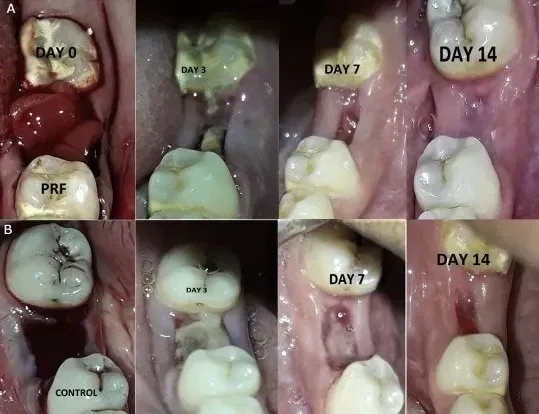
Here is what you can expect as your tooth extraction day by day healing progresses.
First 24 Hours: Immediate Aftercare
This period is crucial for blood clot formation. Immediately after the tooth removal, a gauze pad will be placed over the site to control bleeding. Avoid excessive spitting, rinsing, or drinking through a straw, as this can dislodge the clot and lead to a painful condition called “dry socket.” Focus on rest.
Day 1: Initial Healing and Symptoms
Day 1 marks the start of the tooth extraction healing timeline. The blood clot is forming and stabilizing.
- What to expect: Some bleeding, swelling, and pain are normal.
- Diet: Stick to soft foods (yogurt, soup, mashed potatoes).
- Hygiene: You can gently rinse with warm salt water, but do not swish vigorously.
Day 2: Peak Swelling and Clot Stabilization
Don’t be alarmed if your swelling is worse today. This is completely normal and often marks the peak of post-operative swelling.
- What to expect: Swelling may be at its most noticeable.
- The Clot: The blood clot should be stable and look dark red or brownish. Your main job is to protect it.
- Hygiene: Continue gentle salt water rinses after meals.
Day 3: The Turning Point & Granulation Tissue Begins
By Day 3, you should feel a noticeable improvement.
- What to expect: Swelling and pain should begin to decrease significantly.
- Crucial Development: Around
Day 3orDay 4, you may see new, pinkish-red, jelly-like tissue forming in the socket. This is granulation tissue, not food. It is the healthy foundation for new gums and bone, and it’s exactly what you want to see.
Day 4-5: Significant Improvement
By days 4 and 5, you are over the initial hump.
- What to expect: Pain and swelling should be dramatically reduced.
- The Healing Site: The
granulation tissuewill continue to fill the socket. The hole will start to look less “deep.” - Diet: You can now move to very soft solid foods (scrambled eggs, oatmeal, pasta).
Day 6-10: Closing the Gap
This period marks the final stage of the initial healing process post-tooth removal. Your risk of dry socket is now extremely low.
- What to expect: The hole will be noticeably smaller as the gum tissue closes over the top. By
day 10, the surface healing is nearing completion. - Diet: You can slowly reintroduce more normal foods, but avoid chewing directly on the site.
Normal Healing vs. Complications (When to Call Your Dentist)
This is the most common fear after an extraction. How do you know if what you’re seeing is normal healing or a sign of infection post-extraction?
What Healthy, Normal Healing Looks Like:
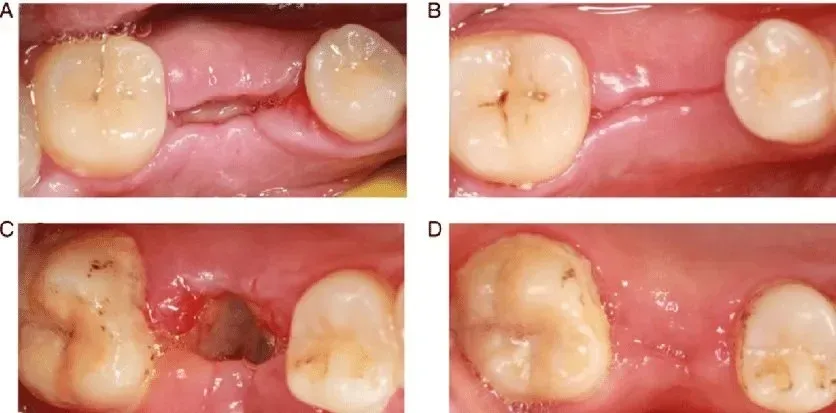
- Pain and swelling decrease progressively after Day 2.
- The socket fills with a dark blood clot, which is then replaced by pinkish granulation tissue.
- No severe, throbbing pain that radiates to your ear.
- No bad taste or persistent foul odor.
Warning Signs: When to Call Your Dentist
Contact your dentist immediately if you experience any of the following, as they could be signs of infection or dry socket:
- Severe or Increasing Pain: Pain that suddenly gets worse around Day 3-5, or throbbing pain that doesn’t improve with medication.
- Signs of Dry Socket: Looking into the socket and seeing exposed, white bone instead of a dark clot or pink tissue.
- Pus or Discharge: Any
pus after tooth removal(yellow or white fluid) coming from the socket. - Persistent
Redness Around Extraction Site: While some redness is normal, redness and swelling that worsen after Day 3 are warning signs. - Fever: A
fever following tooth extractionis a classic sign of infection.
Common Complications Explained
- Dry Socket: Occurs when the blood clot dislodges prematurely, leaving the bone exposed. Symptoms include severe pain, bad breath, and an unpleasant taste.
- Infection: A bacterial infection at the extraction site. Symptoms include pus, fever, and increased pain/swelling. Treatment requires antibiotics from your dentist.
- Nerve Damage: A rare complication involving injury to nearby nerves. Symptoms include numbness or tingling in the lips, tongue, or chin.
- Sinus Issues (Upper Tooth): If an upper tooth extraction extends into the sinus cavity, it may cause congestion or pain.
Frequently Asked Questions (FAQ)
Q: How long is the recovery time for a tooth extraction?
A: Initial healing (gum tissue closing) takes about 1-2 weeks. However, the underlying bone can take 3-6 months to fully heal and remodel.
Q: How do I prevent dry socket?
A: The best way is to protect the blood clot. For the first 3 days, do not smoke, do not drink through a straw, and avoid vigorous spitting or rinsing.
Q: When can I eat normally after a tooth extraction?
A: You should stick to soft foods for the first few days. Most people can return to a relatively normal diet (while avoiding the extraction site) after one week.
What’s Next? Enhancing Your Smile (After Full Recovery)
Important Medical Disclaimer: Your extraction site is an open wound. You must not use any cosmetic products, including whitening strips, until your dentist has confirmed that the site is 100% fully healed (this typically takes at least 4-6 weeks). Using chemicals on an unhealed site can cause severe pain and infection.
Once your dentist has given you the all-clear, you can focus on the next step: perfecting your smile.
If you are looking for a safe and effective way to remove stains, our 5D Whitening Teeth Strips are an excellent, enamel-safe option. They are designed to remove years of stains from coffee, tea, and smoking, giving you a brighter, more confident smile after your recovery is complete.
[Learn More About 5D Whitening Teeth Strips (For Healed Smiles)]
Conclusion
The `tooth extraction healing process` is a journey that requires patience. By following your dentist’s aftercare instructions and monitoring the site `day by day`, you can ensure a smooth, normal recovery. Trust the process, protect the clot, and now you have the visual guide to know exactly what to look for.

